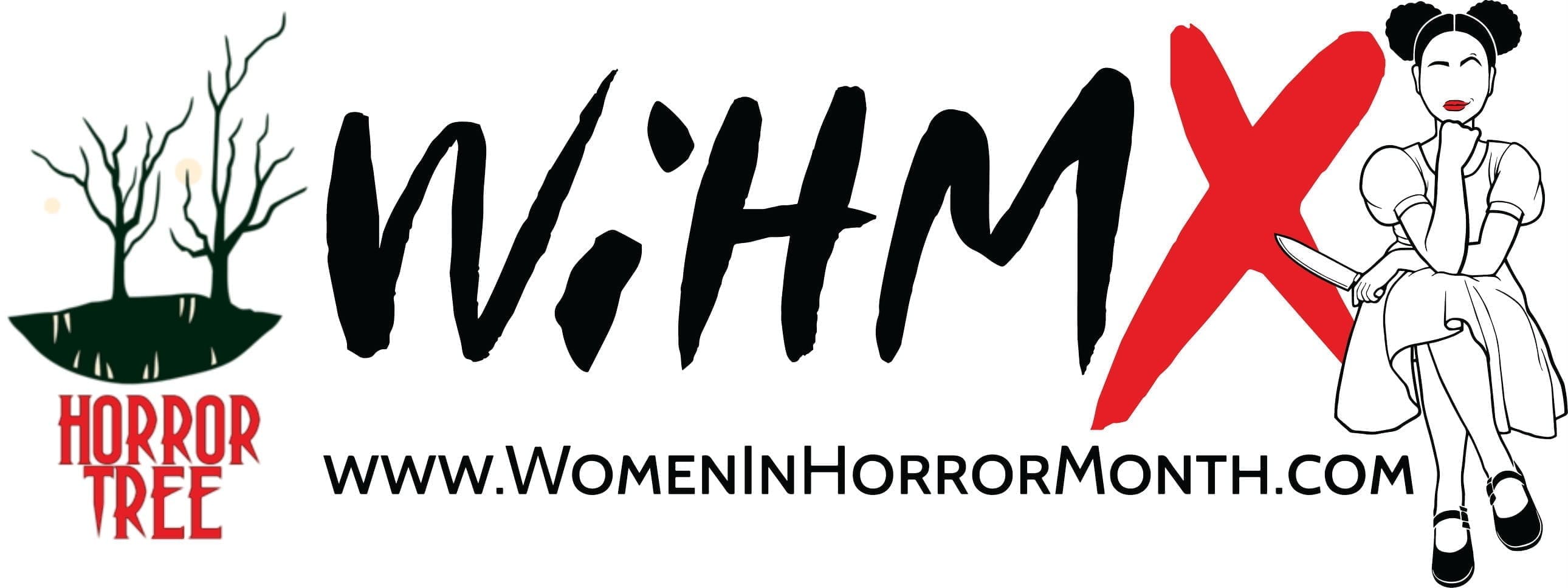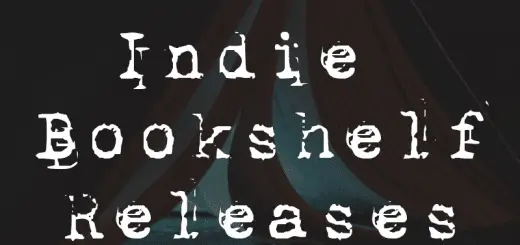WIHM: The Monster Mash

The Monster Mash
Stitching a pig’s head to a human body just doesn’t cut it anymore. I began writing horror stories about a year ago and in that time I’ve learned that once you’ve seen one meat locker full of corpses you’ve seen them all. The first horror story I published featured an ancient hive-mind demigod goat that drowned people because it thought the bubbles were funny. Horror demands creativity. Other types of fiction can rely on excellent character development and storytelling to keep readers engaged — and good horror certainly should have those things, even if it often doesn’t — but the main attraction of horror is the bizarre, disturbing, and unfamiliar. Fresh, quality spooks.
The best stories offer us something deliciously unsettling and unique, but coming up with an “original” idea is challenging. So, while I don’t have a list on hand of every creepy monster ever produced, I do know that we can all do better than, “And then they got attacked by a vampire / werewolf / natural disaster / virus / killer robot / eldritch octopus-faced God of destruction / guy wearing a pig head as a mask.”
Unless you are a newborn child and have no frame of reference for those tropes, all of those things probably bring to mind something familiar, and familiar is not scary. This is why originality and creativity in horror writing is so important. And to that end, I’ve learned a technique for crafting inventive or surprising monsters that I hope you’ll find useful, or at least inspirational.
My technique is basically a mental exercise similar to those mix-and-match books that children use to put an elephant’s head on a duck’s body with giraffe feet. It sounds laughably simple, and it often produces laughable results, but once in a while you get something interesting. Ordinary things become unsettling when they’re in the wrong place, or are the wrong size, or are mismatched. (I’ve always found Mr. Potato Head a little disconcerting for this reason.) And it doesn’t have to be as exceptionally graphic or violent as, say, a horse head in a bed to be effective. Nature provides us with a fantastic array of very (very) scary animals, chemicals, scenarios, and fungi with which to populate our fiction, so I practice taking something ordinary and mis-matching it in location, size, or behavior. I’m fairly certain this is exactly how they wrote Snakes on a Plane. (See my comment about “laughable results.”)
Any time I’m stuck for an idea, I just start mashing and mis-matching.
Here’s an example: In a recent story I took an angler fish — a creature that is harmless to humans but nonetheless pretty freaky — and transplanted it from the ocean to a forest. I also made it the size of a Winnebago, but in retrospect a forest floor littered with sprouting, glowing lanterns that snap up to rip off your foot would also have been acceptably creepy. It waxes Lovecraftian, but allusion is a valuable asset in short stories.
Here’s another example: a cat with a human face and a dog with human hands. Okay, I stole that one from My Brother My Brother and Me, but you see my point. Be weird. Get creative.
On its own, however, the monster mix-and-match trick isn’t enough. You’re still writing, which means you still have to use your good taste and excellent judgement to decide what’s a stupid idea and what’s golden.
To make that distinction, I can only advise the most simple solution: write for yourself. You are your main audience and if you’re writing something that doesn’t resonate for you then forget it. Don’t waste a moment of your creative time worrying what anyone else will think; there will be plenty of time for that during revisions. David Bowie put it so well that there’s no reason for me to try to rephrase it:
“Never play to the gallery. …Always remember that the reason that you initially started working was that there was something inside yourself that you felt that if you could manifest it in some way you would understand more about yourself … I think it’s terribly dangerous for an artist to fulfill other people’s expectations.”
And sometimes the thing inside you that needs to manifest is an ancient hive-mind demigod goat that drowns people because it thinks bubbles are funny. Horror is a challenge but it’s also one of the most flexible genres; I think that’s what makes it so attractive to off-beat people like me who want the weirdest from life.
I hope my thoughts on the creative process are helpful to you. Whenever I feel discouraged I remember that I write for no one but myself, but that what I write might bring something good into the lives of others, too. So write for yourself, edit for everyone else, and do the Monster Mash.
Happy Women in Horror Month, one and all.
PS: Here is the full Bowie quote in his own precious, beautiful voice: https://www.youtube.com/watch?v=cNbnef_eXBM)
Emilie Rodgers
 A graphic designer, seamstress, author, and full-time skeptic from one of Salem’s less spooky neighboring towns in Massachusetts, Estelle began writing prolifically at the age of 14. She took a break from writing to earn a degree in Game Animation from Champlain College, but returned to the word processor after reading Ray Bradbury’s Something Wicked This Way Comes. That book not only inspired her to write again but it awoke a previously undiscovered love for horror. It’s her #1 recommendation.
A graphic designer, seamstress, author, and full-time skeptic from one of Salem’s less spooky neighboring towns in Massachusetts, Estelle began writing prolifically at the age of 14. She took a break from writing to earn a degree in Game Animation from Champlain College, but returned to the word processor after reading Ray Bradbury’s Something Wicked This Way Comes. That book not only inspired her to write again but it awoke a previously undiscovered love for horror. It’s her #1 recommendation.
Her story “Summer Creatures” was recently published in the anthology Under A Full Moon’s Light, and her writing will appear in another collection later in 2019. She was on the Development Team for the 2018 Boston Teen Author Festival, and she currently works full time as a digital artist. You can find her on Instagram as @estellerodgers and on Twitter as @EstelleWrites.











